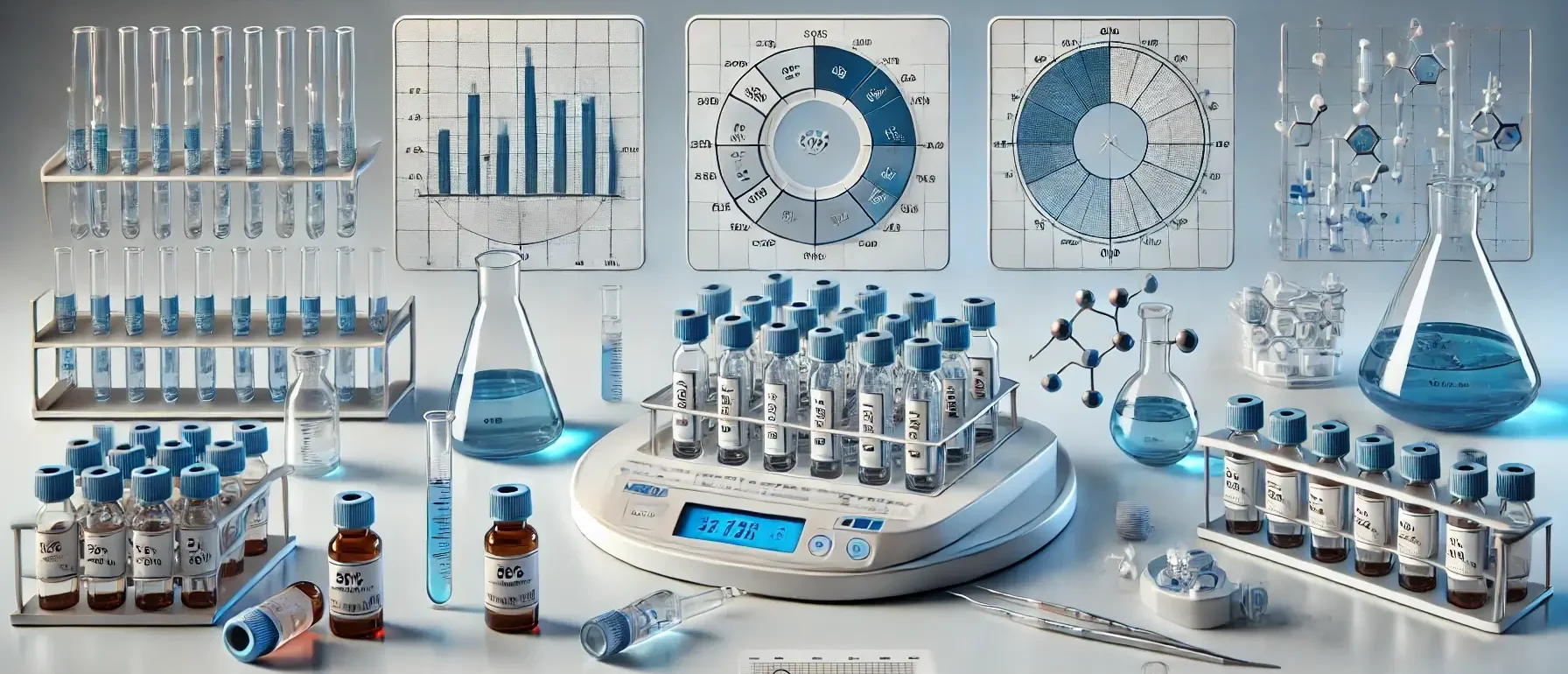Accuracy and precision, significant figures are fundamental concepts in scientific measurement and calculations. Here’s a breakdown of each term:
Accuracy
-
Definition:
- Accuracy refers to how close a measured value is to the true or accepted value of the quantity being measured.
-
Example:
- If the true value of the mass of an object is 50.0 g, and you measure it to be 49.8 g, your measurement is accurate because it’s close to the true value.
-
Explanation:
- High accuracy means that your results are correct or very close to the real value. Poor accuracy means there is a significant difference between your result and the true value.
Precision
-
Definition:
- Precision refers to how close repeated measurements are to each other, regardless of whether they are close to the true value.
-
Example:
- If you measure the mass of an object multiple times and get values of 49.7 g, 49.8 g, and 49.9 g, your measurements are precise because they are very consistent with each other.
-
Explanation:
- High precision indicates that repeated measurements yield similar results. Precision does not necessarily imply accuracy. It is possible to have measurements that are highly precise but far from the true value (high precision, low accuracy).
Click Here to Watch the Best Pharma Videos

